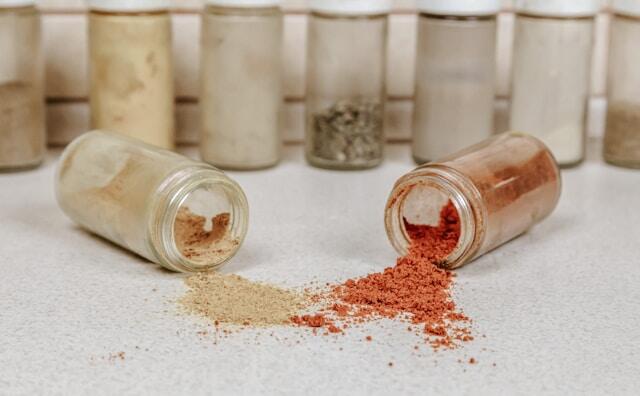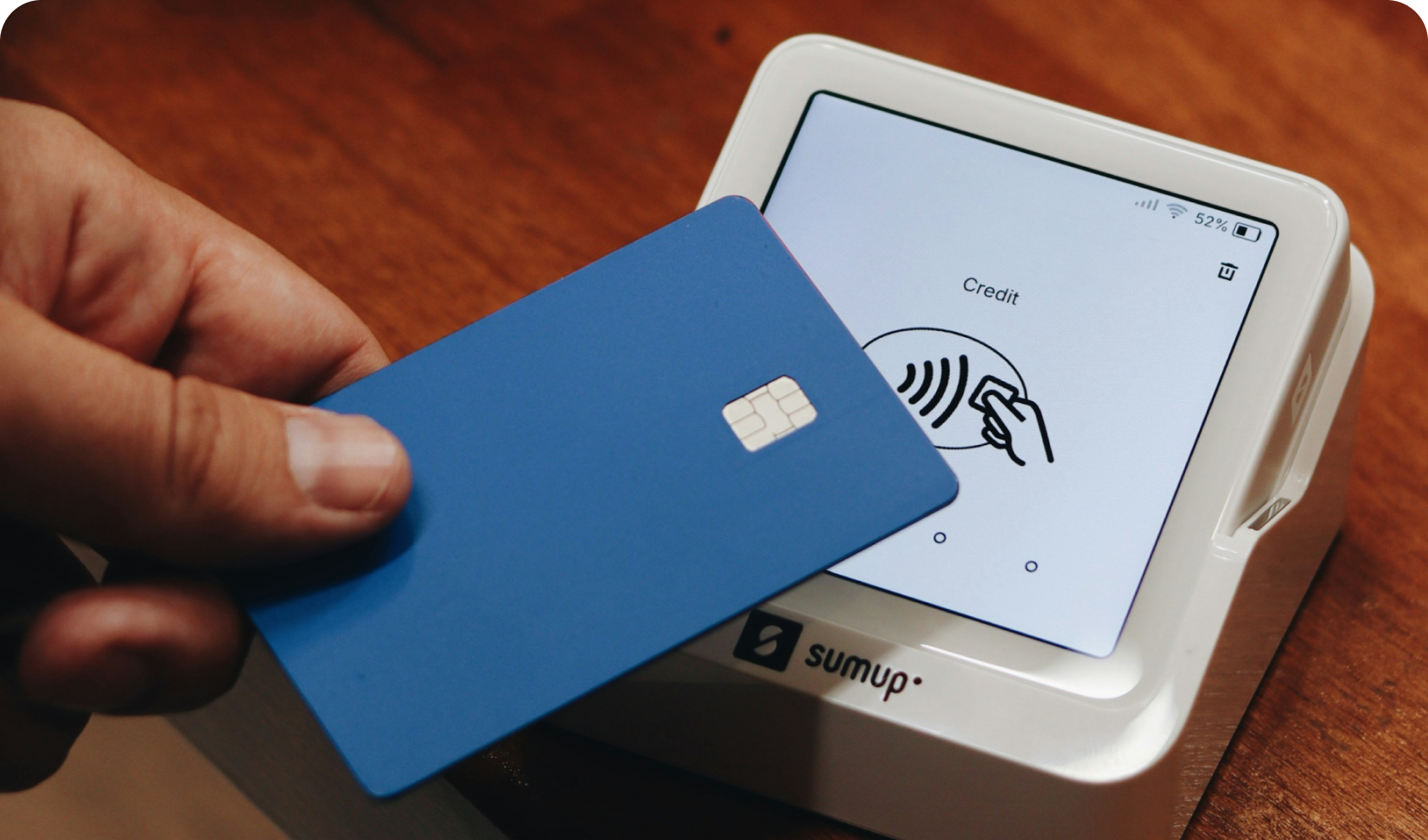The biggest market research fails in history - and what we learn from them
Appinio Research · 14.10.2025 · 5min read

Content
What do Crystal Pepsi, Microsoft Zune and Gap's rebranding have in common? They are all prominent examples of marketing and product flops that have cost millions. But what is the real reason for the failure of these giants? It's almost always the same mistake: they didn't understand the true needs, emotions and habits of their target group. And this is exactly where market research comes into play. It is not a safeguard, but the basis for sustainable success. Let's dive into history together to understand what we can learn from the biggest market research fails.
When the taste test isn't enough: the cola challenges
Think Crystal Pepsi. In the 90s, Pepsi wanted to stand out from the competition with a clear cola. The idea: a pure, natural refreshment. What they forgot was that cola is traditionally dark. For consumers, a clear cola simply felt wrong. The failure showed that a radical change in product signalling can fail if the psychological expectations of customers are ignored.
Probably the most famous example, however, is New Coke. Coca-Cola changed its decades-old formula in 1985 because taste tests showed that the new formula performed better. However, consumers' emotional attachment to their favourite drink was so strong that nostalgia and loyalty to the brand were more important than any taste test. The public outcry forced Coca-Cola to quickly return to the original.
The learning: The emotions and psyche of your consumers are often more important than the product itself. A simple taste test is not enough.
The use case: With a pre-test for new products or a packaging study, it would have been possible to recognise early on that consumers would reject the radical changes. Such studies would have uncovered the psychological barriers and saved the company from making an expensive mistake.
When the target group is not understood: Baby food for adults and "cool" players
In the 1970s, baby food manufacturer Gerber tried its hand at a new target group with Gerber Singles: young adults living alone who needed quick meals. The food came in the familiar baby food jars. What Gerber did not understand was the psychological barrier of consumers. For social reasons, adults did not want to be associated with baby food under any circumstances. The product ignored the social connotation and the self-image of the target group.
Microsoft suffered a similar fate with the Zune. In the battle against the dominant iPod, Microsoft focussed on technical features and a "cool" design. What they didn't understand: Apple's success was based on a simple and functioning ecosystem of hardware, software (iTunes) and a strong emotional connection. The Zune was technically good, but it didn't provide an answer to the question of why someone should separate their life from Apple.
The learning: You have to understand your target group and their buying behaviour down to the last detail. Innovations that bypass the psychological and social barriers of customers are doomed to failure.
The use case: A strategic target group study would have shed light on this. Quick insights would have revealed what the real reasons for buying are, what pain points customers have and how you can really reach them.
When the familiar is suddenly missing: the GAP logo drama
Sometimes you don't even have to reinvent a product to make a major mistake. Fashion company GAP experienced a disaster in 2010 when it tried to modernise its iconic logo. The new design was generic and lacked personality. What followed was a huge shitstorm on social media that forced Gap to revert to the old logo within just six days.
The mistake: the company had underestimated the strong emotional connection its customers had to the old logo. The logo was more than just an image; it was part of the brand identity and nostalgia.
The use case: A naming and rebranding study would have recorded customer opinions in advance and made the rejection visible at an early stage. It would have been possible to find out how firmly the brand and the logo are anchored in the minds of consumers and avoid such a mishap.
Conclusion: How to avoid failures - with the right insights
The stories of Pepsi, Microsoft and Gap are not just anecdotes, but valuable lessons. They show us that success does not come from gut instinct or technical brilliance alone. The real currency is insights - in-depth knowledge about your customers.
Whether you are launching a new product, changing your brand communication or simply want to understand your target group better: the biggest mistake is not asking. Let's work together to make sure your company doesn't have to learn any expensive lessons.
Get facts and figures 🧠
Want to see more data insights? Our reports are just the right thing for you!


